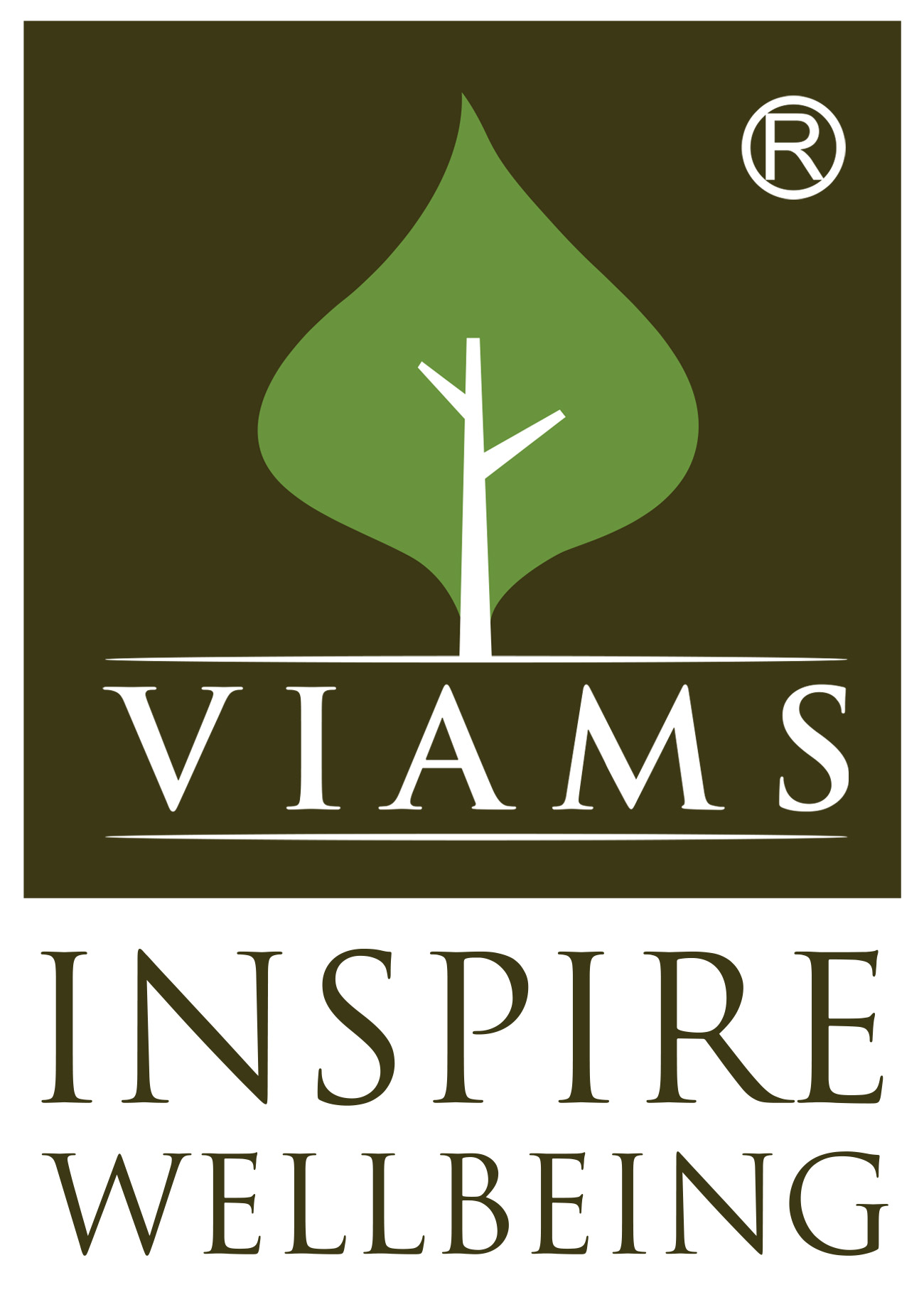Cerebellar Ataxia
Cerebellar Ataxia is a neurological disorder characterized by a lack of coordination and balance, resulting from damage to the cerebellum—the part of the brain responsible for controlling movement. This condition affects both motor and sensory functions, leading to difficulties with walking, speech, and fine motor tasks. In Ayurveda, Cerebellar Ataxia can be understood as a result of an aggravated Vata dosha, which governs movement and coordination in the body. Ayurvedic treatment offers a holistic approach to managing this condition through therapies that calm Vata and rejuvenate the nervous system.
Cerebellar Ataxia occurs due to dysfunction or damage to the cerebellum, which disrupts the normal regulation of movement.
The following factors contribute to the pathophysiology:
- Degeneration of the Cerebellum: This can occur due to genetic factors, autoimmune diseases, chronic alcohol abuse, or neurological conditions like multiple sclerosis.
- Loss of Coordination: The cerebellum’s role in fine-tuning motor control is impaired, leading to a lack of balance and poor coordination.
- Nerve Damage: Damage to the peripheral or central nervous system affects the communication between the cerebellum and muscles, further impairing movement.
- Inflammation and Autoimmune Reactions: In some cases, inflammation in the brain or an immune response against the body’s own tissues can cause cerebellar degeneration.
The primary symptoms of Cerebellar Ataxia include:
- Poor Coordination: Difficulty with fine motor skills such as writing, buttoning clothes, or eating.
- Balance Issues: Unsteady gait, frequent falls, and trouble standing or walking without support.
- Speech Problems: Slurred speech or difficulty pronouncing words (dysarthria).
- Eye Movement Abnormalities: Involuntary eye movements (nystagmus) or difficulty controlling eye movement.
- Tremors: Shaking of limbs or the head, especially during voluntary movements.
- Dizziness or Vertigo: A sensation of spinning or unsteadiness, often accompanied by balance issues.
Ayurvedic Concept
In Ayurveda, Cerebellar Ataxia is associated with an aggravated Vata Dosha, as Vata governs movement, coordination, and neurological function. The depletion of nerve tissue (Majja Dhatu Kshaya) and the imbalance of Vata lead to the loss of motor control, poor coordination, and difficulty with speech and balance. Treatment focuses on pacifying Vata, nourishing Majja Dhatu (nerve tissue), and restoring the body’s natural coordination and balance.
Effectiveness of Ayurvedic Treatment
Ayurvedic treatment for Cerebellar Ataxia emphasizes calming Vata dosha, rejuvenating the nervous system, and improving coordination. The following treatment approaches are used:
1. Herbal Formulations in Different Forms: Ayurvedic herbal medicines are offered in various forms, such as medicated oils, powders, ghees, and pastes, to promote nerve regeneration and improve motor coordination.
- Medicated Ghee: Used internally to nourish nerve tissues and support brain function.
- Medicated Oils: Applied externally through massages to calm Vata and improve circulation to the nervous system.
- Powders and Pastes: Administered orally to support overall neurological health and enhance coordination.
2. Panchakarma Therapies: Panchakarma, a set of detoxification and rejuvenation therapies, plays a central role in managing Cerebellar Ataxia. These therapies help in eliminating toxins and balancing Vata dosha:
- Abhyanga (Medicated Oil Massage): A full-body massage with medicated oils that soothes the nervous system, improves circulation, and enhances muscle coordination. It is highly effective in calming aggravated Vata.
- Vasti (Medicated Enema): Vasti is one of the most effective therapies for pacifying Vata. It helps detoxify the colon and nourish the body’s tissues from within, promoting better nerve function and overall health.
- Nasya (Nasal Administration of Medicated Oils): Nasya therapy delivers medicated oils directly to the nasal passages, which in turn stimulate the brain and improve coordination, cognitive function, and balance.
3. Rasayana Therapy: Rejuvenation therapies are used to regenerate and strengthen nerve tissues, improve cognitive function, and restore balance and coordination. These therapies focus on providing deep nourishment to the nervous system.
An integrated approach combining Ayurvedic treatments with modern allied healthcare techniques offers a comprehensive management strategy for Cerebellar Ataxia. This approach includes:
- Physiotherapy: Helps improve balance, coordination, and muscle strength through exercises designed to enhance motor control and stability.
- Occupational Therapy: Aimed at helping patients maintain independence in daily tasks by teaching adaptive techniques to overcome coordination challenges.
- Speech Therapy: Addresses speech difficulties and helps patients regain clarity and control over their speech.
- Balance and Coordination Training: Tailored exercises improve stability and prevent falls, enhancing the patient’s ability to perform daily tasks safely.
- Yoga and Pranayama: Yoga postures and breathing exercises (Pranayama) help calm Vata, improve flexibility, balance, and strengthen the muscles involved in motor control.
- Dietary Management: A balanced diet rich in antioxidants, healthy fats, and brain-supporting nutrients aids in the nourishment and protection of nerve tissues.
While Cerebellar Ataxia may not have a definitive cure, long-term management through Ayurveda and allied therapies can significantly slow the progression of the disease, alleviate symptoms, and improve quality of life. Key components of long-term management include:
- Vata-Pacifying Lifestyle: A lifestyle that balances Vata dosha is crucial for managing Cerebellar Ataxia. This includes regular routines, warm foods, oil massages, and stress-reduction techniques such as meditation.
- Continuous Ayurvedic Treatment: Regular use of herbal formulations and Panchakarma therapies, customized to the individual’s needs, helps manage symptoms and promotes nerve health.
- Physical Activity: Engaging in regular physical therapy and light exercises designed to improve coordination, balance, and muscle strength.
- Supportive Care: Family members and caregivers play an important role in providing emotional, physical, and psychological support to individuals managing Cerebellar Ataxia.
- Regular Monitoring: Continuous monitoring of symptoms and coordination with healthcare professionals ensures that treatment is adjusted as needed to maintain balance and mobility.
Cerebellar Ataxia is a challenging neurological condition, but the combination of Ayurvedic therapies and allied healthcare techniques provides a holistic and effective approach to its management. Ayurvedic treatments focus on pacifying Vata, nourishing nerve tissues, and restoring balance, while allied healthcare techniques such as physiotherapy and speech therapy address the physical and functional challenges of the condition. This integrated approach helps improve quality of life, slow disease progression, and manage symptoms for individuals living with Cerebellar Ataxia.
